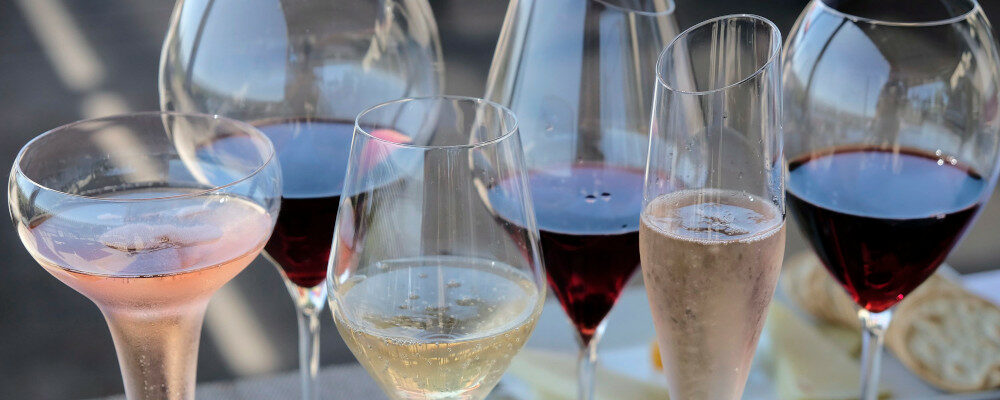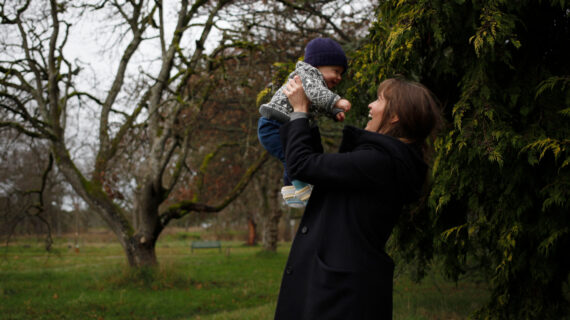What was John Montagu, 4th Earl of Sandwich, drinking when he asked that a portion of salt beef be brought to him between two slices of toasted bread? Legend says he wanted something he could eat with his hands and stay at the cards table to gamble into the night. The story of the 18th-century aristocrat’s invention of the sandwich might be apocryphal, but he lent his name to the thing in any event, and the modern history of the dish does seem to be likely linked to the consumption of wine.
Had Montagu been drinking what we would recognize as “wine”, then it would likely have been Claret; red wine from Bordeaux. It’s more likely we would have been drinking Port or Sack (like Sherry), fortified wines from Portugal or Spain, respectively.
While sucking back a pint of Port with a ham sandwich on Saturday afternoon has a kind of perverted appeal to the gonzo wine journalist side of me, it probably wouldn’t go over well with my lunch companions. So, instead, this column will consider what affordable wine choices might accompany some of the standard protein-between-starch constructions we make in our kitchens.
First, some brief notes on pairing wine with food generally. In Europe, I am often taken as a barbarian for trying to get a wine order in before the food order. This is because I consider white wine mostly as an aperitif, which might then extend into the first course.
No self-respecting sommelier in the fine dining houses of France or Italy would consider approaching my table until I had put in my food order so that she could perform her métier and guide me to order a wine that suited the meal.
My point is I am somewhat ambivalent about wine pairing and tend to sympathize with the attitude expressed to me by the famous Vancouver restaurateur-come-author and broadcaster, Vikram Vij.
In an interview, early in my career as a food and wine journalist, I asked Vij, an avowed wine lover, how one might pair a big wine, like a B.C. Syrah, with the intense and complex flavours of his style of Indian food. He laughed and shrugged his shoulders, explaining he was happy to take a bit of food, enjoy it, pause, and then have a sip of wine. If it worked, that was great. If it didn’t, as long as the food and the wine were good on their own merits then all was well.
Moreover, there are three general principles to wine pairing, which basically conflict with each other. One is that the wine and the food should share some basic characteristics so that they achieve a sensory harmony on the palate. Another is that the wine and food should embody opposite sensory properties, like acid to fat, so that they achieve a balance in the gullet.
The last theory of wine pairing borders on magical thinking. In a turn of gastronomic geographical determinism, it proposes that the great bottle-to-dish matches are formed when both come from the same place. The logic is that over the decades, if not centuries, the chefs and winemakers of a particular region would have collaborated to evolve a perfect coalescence of flavours between the objects of their work.
In any event, when a pairing works it works, whatever alchemy is at play. Here are some examples that have for me and a couple of serious foodies I have been in correspondence with lately.
Grilled cheese sandwich
Maggie Fox is the founder of Ciselier, which is French for “scissor maker” and sells the best scissors sourced from around the world. I met Toronto-based Fox because she sent me a pair of heavy-forged stainless steel scissors made in Spain that have become my favourite kitchen tool.
Fox’s grilled cheese pairing is the classic acid-to-fat combination of tomato soup, but when pressed to pair it with a wine she went for the fruity twang of Niagara Gamay. (And yes, she uses her scissors to cut the grilled cheese on the diagonal.)
Calgary-based food, wine, and drinks writer and broadcaster Shelley Boettcher also pairs grilled cheese with acid, but for her it’s pickles. Though she said that if wine was involved she’s saving the pickles for after and will also go for a Gamay: Beaujolais or Okanagan.
This expert consensus of the two, makes me think there may be a fourth general principle of wine-to-food matching: pair with the wine your friends suggest or serve.
Roast beef sandwich (cold)
Even before the big spike in food inflation, a roast of beef in our house was a special occasion. When we go big, we really go big and try and get a joint big enough that there will be enough leftovers for lunch the next day.
Boettcher suggested a big Argentine Malbec, which sounds right to me since the beef loves tannic structure. I am sure John Montagu would approve. In fact, I see her suggestion and raise it to not just a big red (Cabernet Sauvignon or Sangiovese also come to mind) but one from a bottle of wine that was opened at dinner the night before. (You might have to open another bottle to achieve this.)
A sturdily built red, with lots of tannins from thick grape skins, wood, or both, will be fine the next day and have mellowed after exposure to oxygen, perhaps revealing third-layer flavour notes that were elusive when it was first opened. And magic thinkers like me will enjoy the symmetry of reprising both elements of the first meal.

Tuna salad, ham and cheese, or BLT sandwich
Let’s go back into the restaurant where I want to order the wine before the food. Except this time it’s on this side of the Atlantic and my perversion isn’t just tolerated but encouraged since the markup on wine over here has the best margins for the house.
Now that I know what I am going to drink, I need to figure out what I’m going to eat. This process repeats at home: there’s a half bottle of Chardonnay in the fridge. (In my fridge it’s probably from France or Niagara, and has never met new oak.) I’d like a glass of wine with my Saturday lunch, so what am I going to make to go along with it?
The bacon, lettuce and tomato, the tuna salad, and the ham and cheese family of sandwiches are symphonic: there are a lot of instruments playing at the same time. Sometimes the mix mutes and melds every individual part into a cohesive harmony. Sometimes flavours and textures clash and reveal themselves magnificently in opposition. It’s all good.
What these sandwiches want is a relatively simple and straightforward acid and fruit hit from an unoaked, crisp white wine. Save the aromatics, like Sauvignon Blanc or Pinot Grigio, for later and stick with fruit-focused Chardonnay, Chenin Blanc, or even Trebbiano from the middle or Falanghina from the South of Italy. These wines will season the sandwich without overwhelming it.
Or just have a beer or a glass of water, and eat your pickles too.




